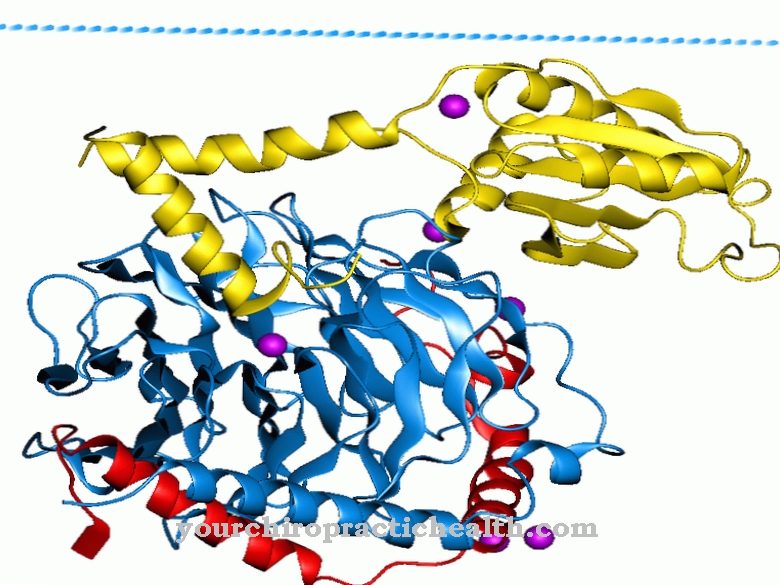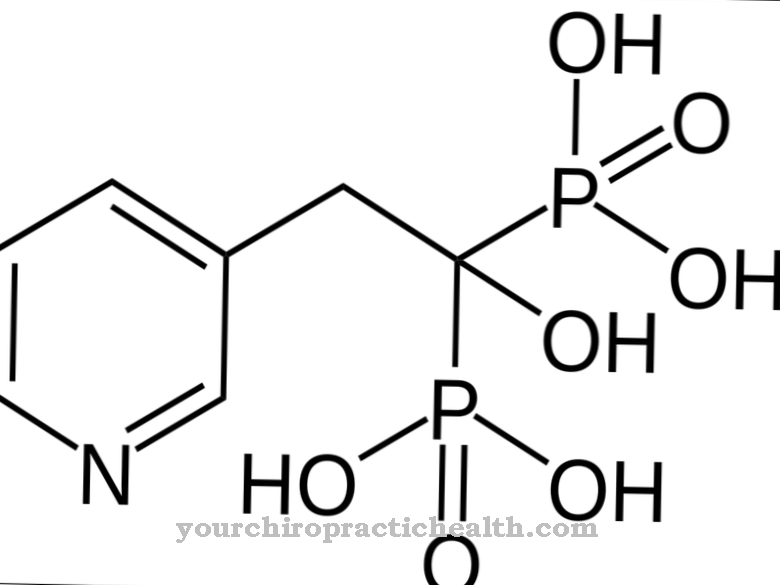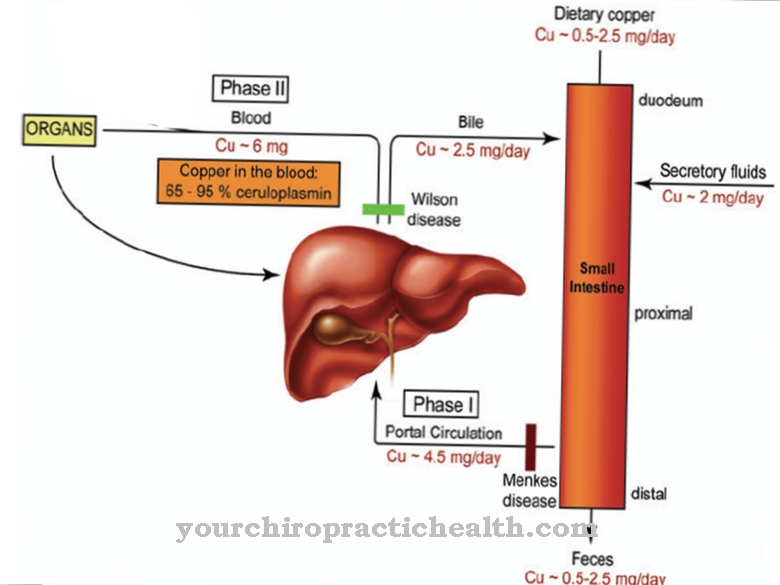For about 30 years Monosodium glutamate always in criticism. It is contained in many dishes as a flavor enhancer and is suspected of promoting nervous diseases such as Alzheimer's and Parkinson's.
What is monosodium glutamate?
Monosodium glutamate or also Sodium glutamate (MNG) is the scientific name for the sodium salt of glutamic acid, which is one of the most common natural non-essential amino acids.
In the food industry, sodium glutamate is used as a flavor enhancer to round off food. In its natural form it is an important component of proteins and can be found in almost all protein-containing foods (meat, fish, seafood, milk and vegetables), especially in large amounts in tomatoes and mushrooms. Sodium glutamate is also produced in the human body because it is important for normal body functions.
The European Union labels sodium glutamate as a flavor enhancer E 621 and determines its use in food through regulations. It is mostly added to frozen meals, seasoning mixes, canned goods, dry food and dishes with fish or meat as a flavor enhancer.
Function, effect & tasks
Monosodium glutamate is one of the salts of glutamic acid, one of the 20 amino acids that make up proteins. The human body is up Glutamate and can also produce it yourself.
It is found in food in two different ways: on the one hand, in bound form, in which it forms a protein with other amino acids, and in free form, where it occurs as a single amino acid. Only the free glutamate is important for the taste of a food. Recent studies have shown that glutamate metabolized from food is the main source of energy in the intestine. Of the total amount that is ingested from food, only 4% is processed in the body, the remaining portion that it needs must be produced by the body.
Regardless of whether the body absorbs the glutamate in free or bound form, it is converted into free glutamate in the intestine and used to produce energy. If the body metabolizes glutamate in bound form, it can handle it well because it is integrated into the long protein building blocks in food and is gradually released during the digestive process. If too much is taken in through flavor enhancers, however, it can be a health hazard.
In the brain, glutamate also serves as a neurotransmitter and also as a substrate for protein synthesis and nitrogen transport.
Education, Occurrence & Characteristics
Monosodium glutamate is a natural component of many foods. It is found in bound form in meats, fish, vegetables and cereal products and in free form in milk, cheese, potatoes, tomatoes and soy sauce. In addition, it is often added to foods such as soups, sauces, savory snacks and spicy foods as a flavor enhancer. Many Asian dishes contain natural glutamate and serve as an artificial flavor enhancer.
It should increase the natural flavor of a dish and round off the taste. Sodium glutamate is produced using bacterial fermentation. Certain bacteria (Corynebacterium glutamicus) are grown in a liquid medium with sugar, starch or molasses, where they produce glutamic acid, which they excrete into the medium. In this way, glutamic acid is collected there, then filtered out, purified, crystallized and converted into sodium glutamate via neutralization. Through renewed cleaning, crystallization and drying, a white powder is created that can serve as a flavor enhancer.
You can find your medication here
➔ Medicines against loss of appetiteDiseases & Disorders
Since the 1970s, sodium glutamate has come under increasing criticism, especially due to the so-called "Chinese restaurant syndrome", in which affected people tingled their arms, necks and backs after eating in a Chinese restaurant and suffered from a feeling of weakness and a racing heart.
Sodium glutamate, which was used as a flavor enhancer in Chinese cuisine for around 100 years, came under suspicion. Amazingly, most of the symptoms occurred in Americans and Europeans, but not in the Chinese themselves, although they consume around 80% of the glutamate produced around the world. That is why over the past 30 years there has been a thorough investigation into whether the symptoms are related to the consumption of sodium glutamate. I.a. Double-blind tests were carried out which could not prove any connection with the symptoms and the consumption of sodium glutamate.
Occasional intolerance reactions were only visible when a relatively large amount between 3 and 5 grams was taken on an empty stomach. However, critics see sodium glutamate as a possible cause of neurological diseases because, in their opinion, the blood-brain barrier is not completely closed, but can be disturbed in some diseases, e.g. B. with internal bleeding, meningitis and Alzheimer's. A stroke can lead to the release of glutamate from the brain cells, which destroys the cells. Researchers have also been able to identify this effect in animal experiments.
Therefore, sodium glutamate is also seen as a neurotoxin and a connection between the intake and Alzheimer's and Parkinson's is considered possible. The scientists admit, however, that this effect is only given at high doses and is rather unlikely in healthy people despite a diet containing glutamic acid. However, if the brain metabolism is disturbed, damage cannot be ruled out. In addition, it is suspected of artificially creating a feeling of hunger and preventing a natural feeling of satiety, which can lead to weight gain.








.jpg)



















